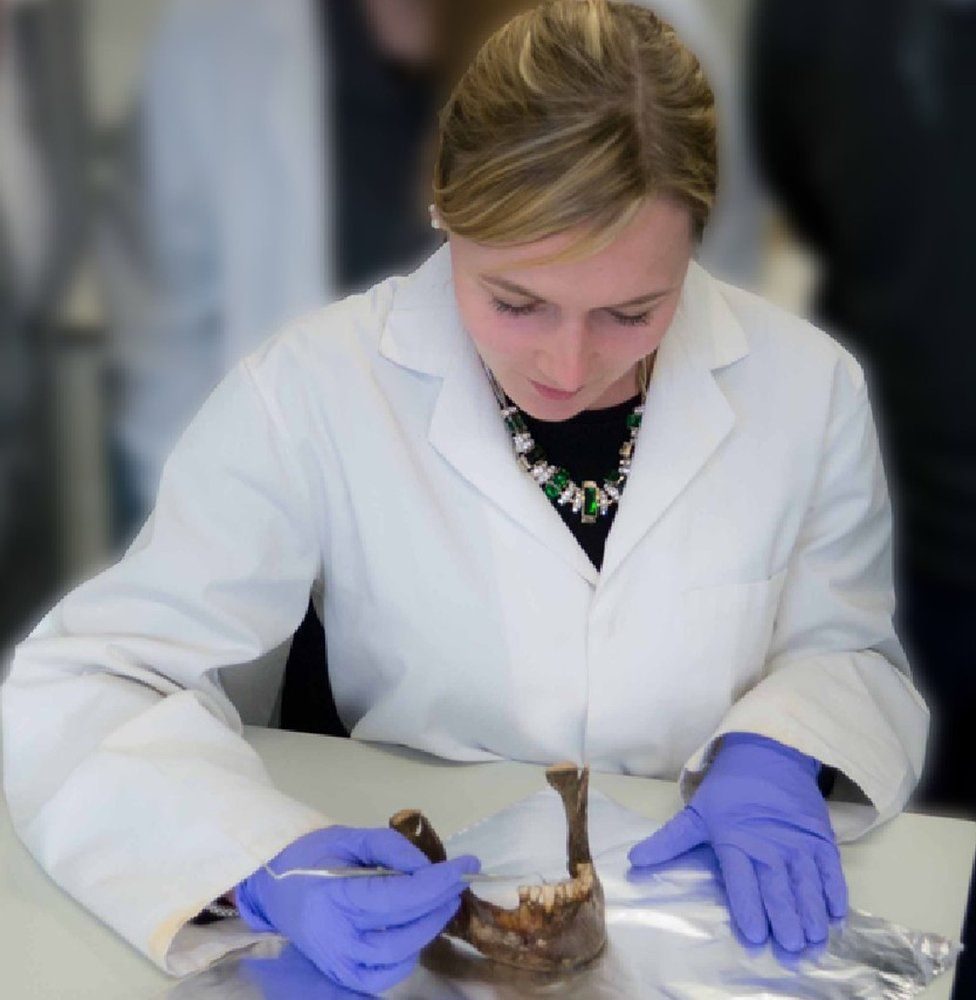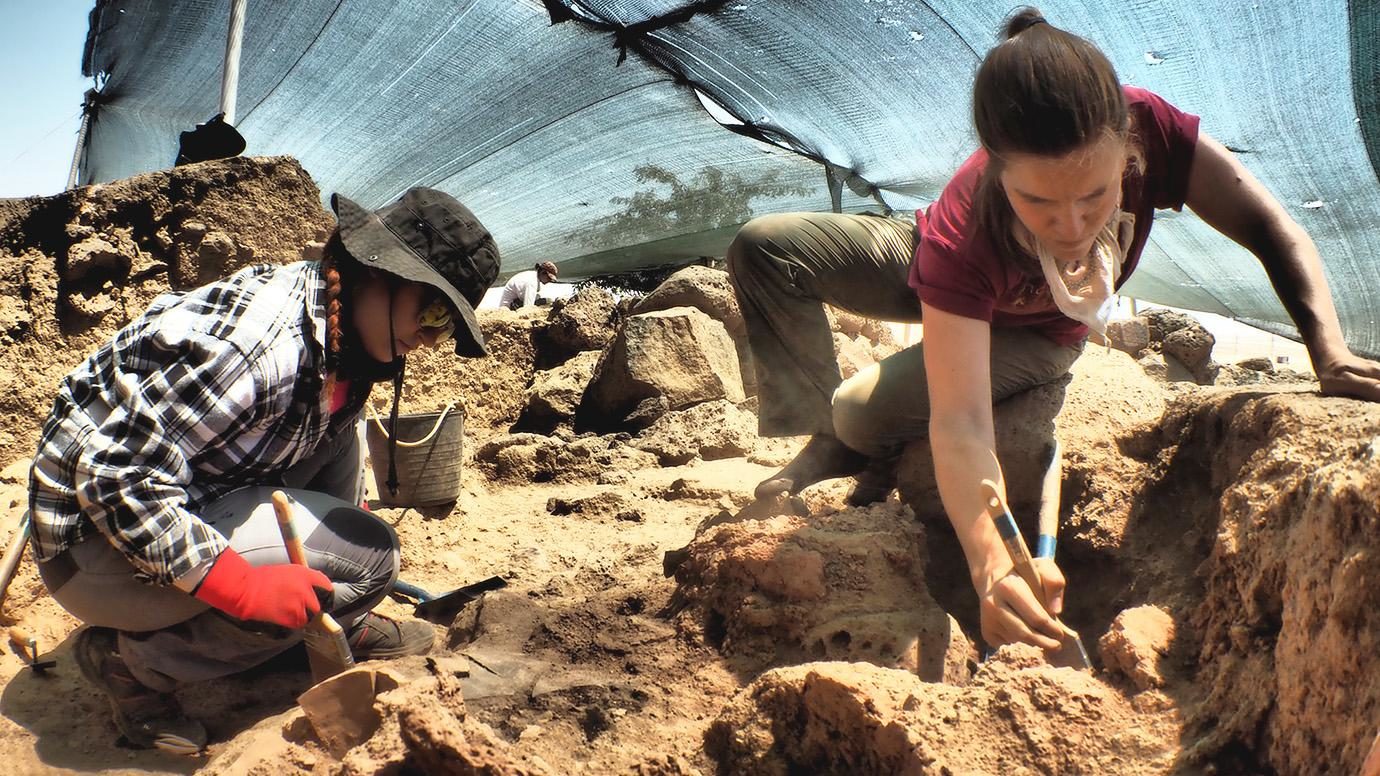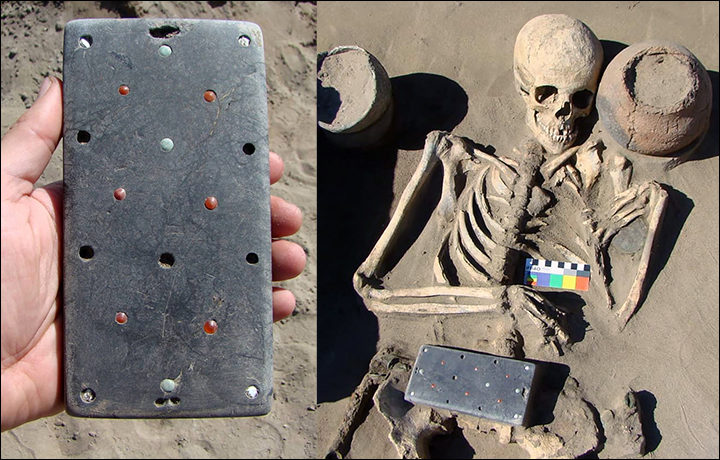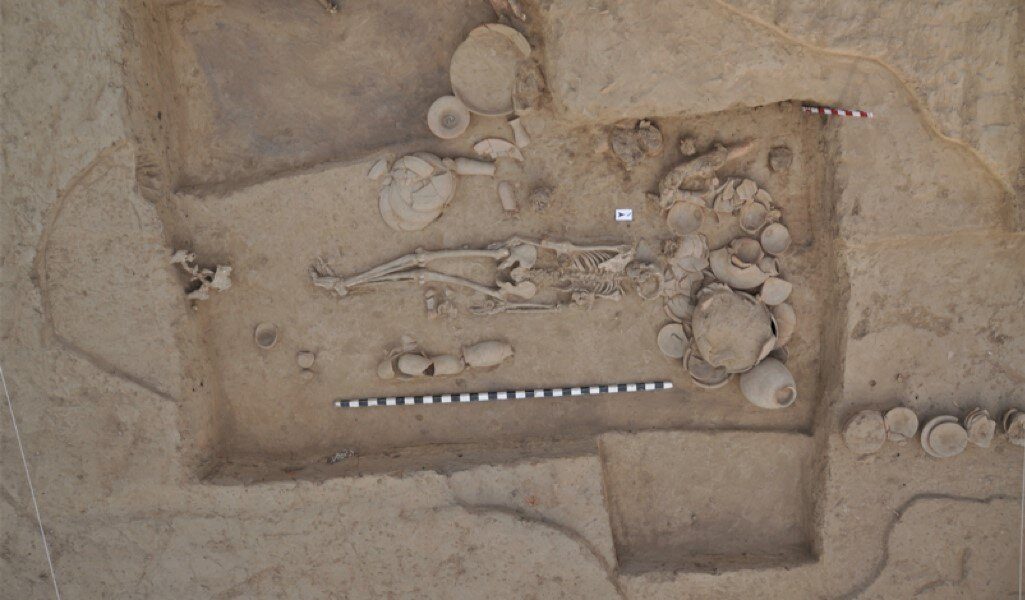
© Adi AbileahJoseph Abileah
Joseph Abileah is considered as the first person in Israel to go on trial for refusing to join its military.
Appearing in a Haifa court a few months after Israel was founded in 1948, the violinist made clear that
he would play no part in the war Israel was then fighting against its neighbors. He regarded Arabs as his brothers, not his enemies.As his case was heard, the Austrian-born Abileah made no apologies for his stance.
This included his objection to the establishment of a distinctly Jewish state.Even before Israel was founded, he had refused to join the Haganah - the main Zionist militia in Palestine.
Abileah escaped a prison sentence, but the judges failed to persuade him to take on a noncombat role, which, in the words of the late Anthony Bing, author of
Israeli Pacifist: The Life of Joseph Abileah, "he likened to the case of a thief who watched for the police while another thief performed the actual robbery."
"I feel very honored to be a descendant of the Abileah family - and I've been specifically inspired by Joseph's work and his courage," said his grand niece Rae Abileah, a Jewish Voice for Peace activist living in Colorado. Rae is
best known for disrupting an address made by Benjamin Netanyahu, the Israeli prime minister, to the US Congress in 2011.






Comment: See also: